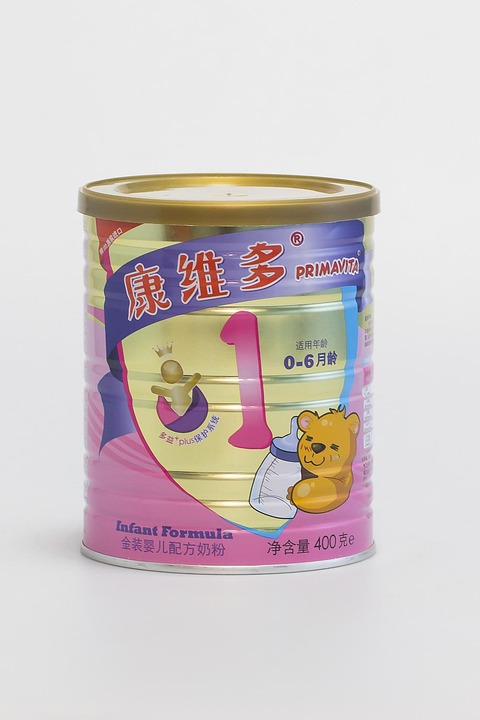Introduction
Milk powder products have been a staple in households and food industries worldwide for their convenience, extended shelf life, and versatility. However, ensuring the quality and freshness of milk powder products throughout their shelf life has been a significant challenge for manufacturers. In this report, we will explore the latest packaging and shelf life innovations in milk powder products, highlighting industry trends, key players, and financial data.
Current Challenges in Milk Powder Packaging
1. Oxidation and Flavor Loss
One of the primary challenges in milk powder packaging is preventing oxidation and flavor loss over time. Exposure to oxygen can lead to rancidity and off-flavors in milk powder products, reducing their quality and shelf life.
2. Moisture Absorption
Another common issue is moisture absorption, which can cause clumping and spoilage in milk powder products. Moisture can also lead to the growth of bacteria and mold, further compromising the product’s safety and quality.
3. Light Exposure
Light exposure can also contribute to the degradation of milk powder products, leading to changes in color, flavor, and nutrient content. Protecting milk powder from light is essential for maintaining its quality and appeal to consumers.
Packaging Innovations in Milk Powder Products
1. Oxygen Barrier Packaging
To address the issue of oxidation, manufacturers have been adopting oxygen barrier packaging materials that prevent the ingress of oxygen into the packaging. These materials help extend the shelf life of milk powder products by minimizing oxidation and preserving their freshness.
2. Moisture-Resistant Packaging
Packaging innovations such as moisture-resistant materials and desiccants are being used to protect milk powder products from moisture absorption. These packaging solutions help maintain the powder’s texture and prevent clumping, ensuring a better consumer experience.
3. Light-Blocking Packaging
Light-blocking packaging materials, such as opaque or tinted plastics, are being used to shield milk powder products from light exposure. By reducing the product’s exposure to light, these packaging solutions help preserve the product’s color, flavor, and nutritional content.
Shelf Life Extension Technologies
1. Modified Atmosphere Packaging (MAP)
MAP involves modifying the atmosphere within the packaging to slow down the oxidation and microbial growth processes. By replacing the air in the packaging with a gas mixture, MAP helps extend the shelf life of milk powder products without the need for preservatives.
2. Vacuum Packaging
Vacuum packaging removes air from the packaging to create a vacuum seal, preventing oxidation and microbial contamination. This technology helps preserve the freshness and quality of milk powder products, ensuring a longer shelf life for consumers.
3. Aseptic Packaging
Aseptic packaging involves sterilizing the packaging and product separately before filling, sealing, and sterilizing them together. This technology ensures that milk powder products remain free from bacteria and contaminants, extending their shelf life without the need for refrigeration.
Industry Insights and Key Players
The global milk powder market is projected to reach $37.7 billion by 2026, driven by the growing demand for convenient and long-lasting dairy products. Key players in the milk powder industry include Nestle, Danone, Fonterra, FrieslandCampina, and Lactalis.
As consumer preferences shift towards healthier and more sustainable options, manufacturers are investing in innovative packaging and shelf life technologies to meet these demands. By adopting advanced packaging solutions and extending the shelf life of milk powder products, companies can enhance their competitiveness in the market and cater to evolving consumer needs.
In conclusion, packaging and shelf life innovations play a crucial role in ensuring the quality, safety, and longevity of milk powder products. By addressing common challenges such as oxidation, moisture absorption, and light exposure, manufacturers can deliver high-quality products that meet consumer expectations. With the adoption of cutting-edge technologies and materials, the milk powder industry is poised for continued growth and innovation in the years to come.

